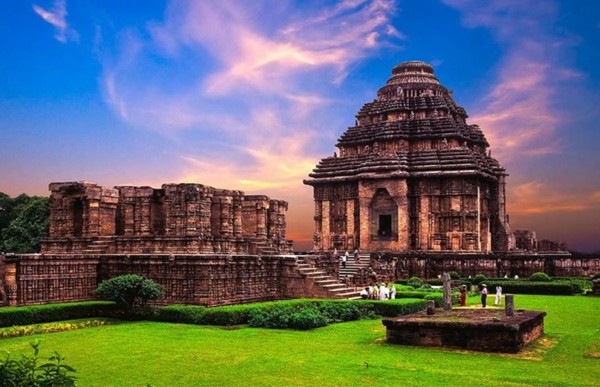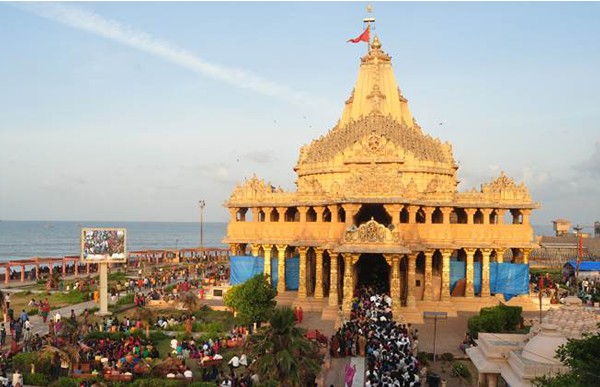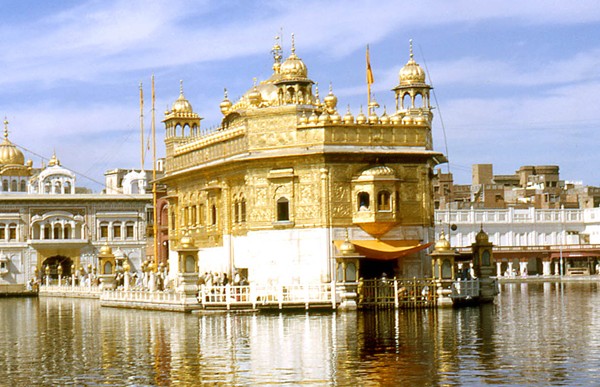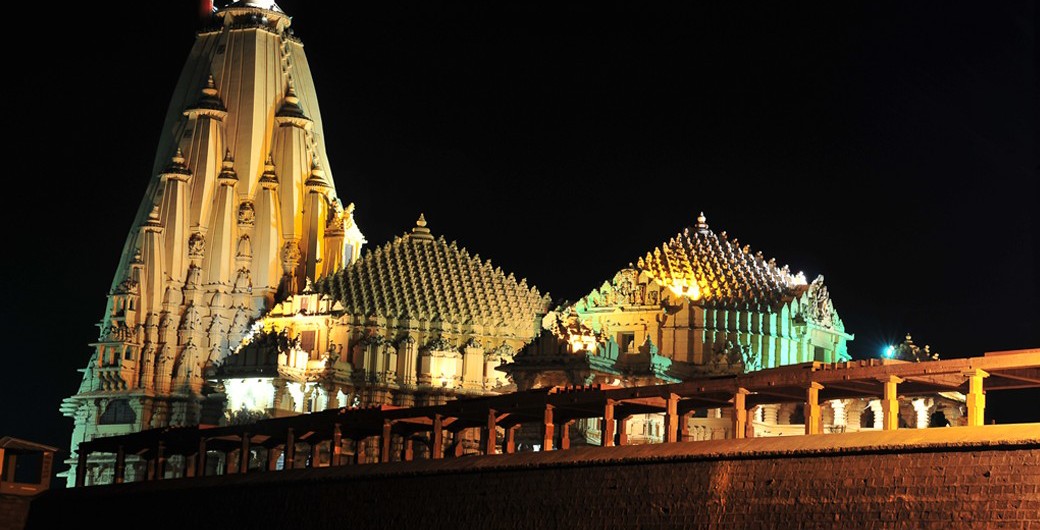Since ancient times, India has been a land of multi-ethnic culture, which involves many festivals, rituals and other traditional aspects. For example, different festivals are celebrated across various parts of India as per the various religions the land is home to.
This transcendental quality of Indian tradition and culture is certainly reflected by the temples of India.
Let us take a look at some of the best 5 temples of India
The Konark Sun Temple:-
An architecture marvel of Eastern India is the Sun Temple of Konark which was built in AD 1250 and is dedicated to Sun God. Konark is also known as Arka Khetra. There are three images of the Sun God at three different sides of the temple, positioned in proper direction to catch the rays of the sun at morning, noon and evening. This outstanding temple is an eternal architectural splendor of Orissa’s celebrated past. It is regarded as the quintessential form of art and an monumental extravaganza belonging to the glorious bygone Kalinga era. The Konark temple was designed in the form of a gorgeously decorated chariot mounted on 24 wheels, each about 10 feet in diametre, and drawn by 7 mighty horses.

Thanjavur Temple:-
Brihadeeshwarar temple – popularly known as “Thanjavur Periya Kovil”– is the largest temple in India. The 1002-year-old temple dedicated to Lord Shiva, was built in 1010 AD by the Chola Emperor, Rajaraja Chola I. The magnificent edifice not only has sculptures, a majestic Vimana (temple tower), and frescoes, but also has inscriptions disclosing the richness and wealth of Tamil people during those days. The temple has survived the ravages of climactic changes, six recorded earthquakes and a major fire. Recognizing its unique architectural excellence, UNESCO has declared it a World Heritage Monument.

Somnath Temple:-
A highly revered religious site for Hindus, the Somnath Temple is one of the 12 Jyotirlingas of India. The Jyotirlinga is adorned with flowers, ornaments of silver and gold and people from far and wide come to worship it. Somnath means “The Protector of (the) Moon God” This temple is known as “the Shrine Eternal”, having been destroyed many times by Islamic invsaders. In spite of this, the temple has maintained its importance, sanctity and the faith people have in it.

Sanchi Stupa:-
The Stupa at Sanchi is an outstanding specimen of Buddhist art and architecture, belonging to the period between the third century BC and the twelfth century AD. Stupas are large hemispherical domes, in which the relics of the Buddha were placed in a central chamber. The Sanchi Stupa is surrounded by a railing with four carved gateways facing all the four directions. Sanchi Stupas fascinate it’s visitors and have a spiritual calling for people from all walks of life making it a world famous Monument.

Golden Temple:-
The Golden Temple in Amritsar (Sri Harmandir Sahib Amritsar) is not only a central religious place of the Sikhs, but also a symbol of human brotherhood and equality. Everybody, irrespective of cast, creed or race can seek spiritual solace and religious fulfilment without any hindrance. The Golden Temple has a unique Sikh architecture. Built at a level lower than the surrounding land level, the Gurudwara teaches the lesson of egalitarianism and humility. The four entrances of this holy shrine from all four directions, signify that people belonging to every walk of life are equally welcome.




